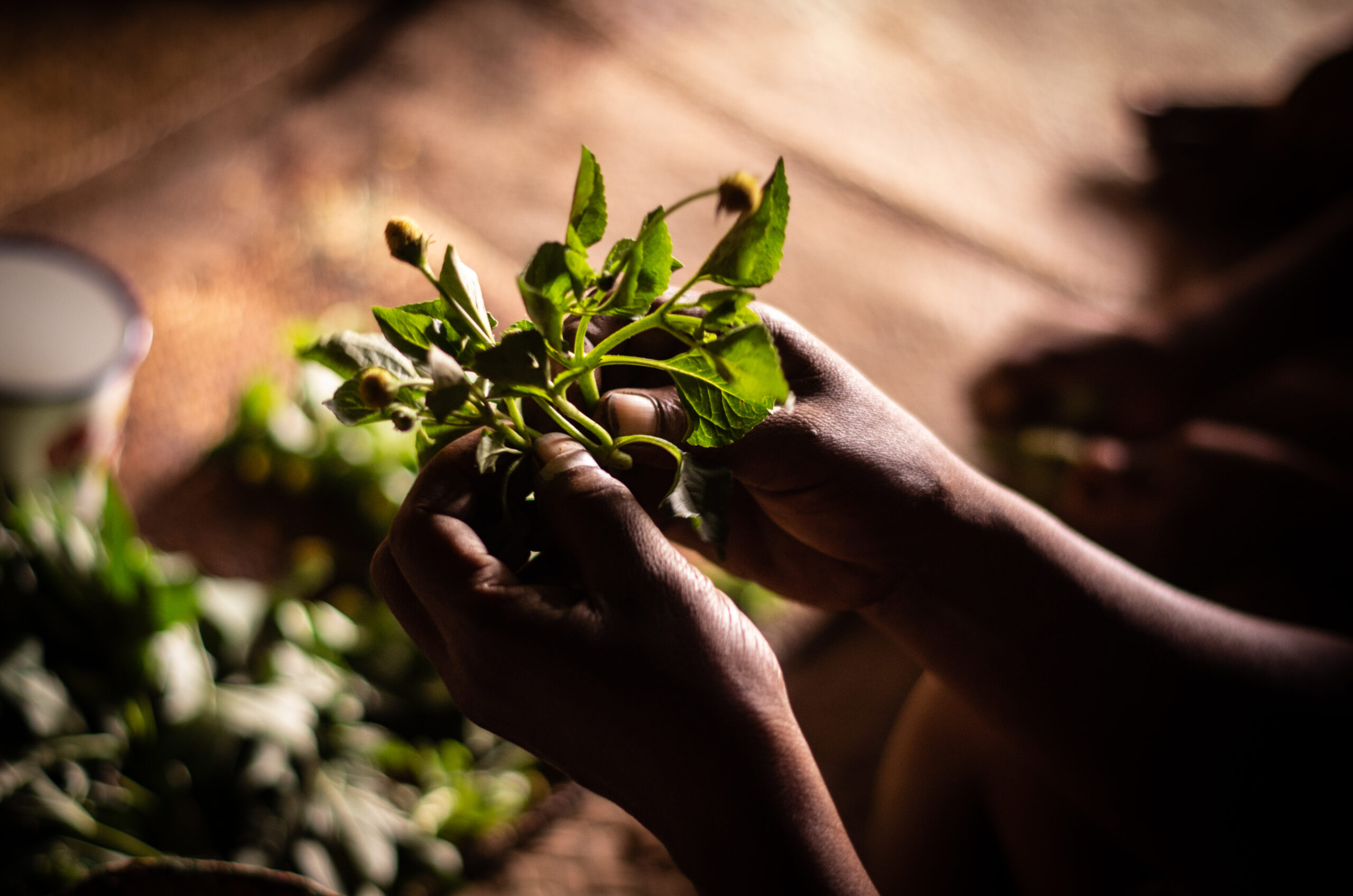Local and Indigenous communities warn of a significant decrease in the abundance of wild edible plants and mushrooms that negatively impacts their nutrition and food security, from local to global scales.
This is the result of a study conducted by the Institute of Environmental Science and Technology of the Universitat Autònoma de Barcelona (ICTA-UAB) that analyses the socio-environmental changes affecting these essential plant species in diverse diets and resilient food systems.
Around the planet, some 7,000 wild plant and 2,000 wild mushroom species are used as food, providing diverse, healthy and nutritious foods to local communities. While energy provision of wild edible plants and mushrooms is usually low, they are important sources of micronutrients and can have a wide range of positive health effects. Moreover, wild edible plants and mushrooms are important genetic reservoirs for cultivation and breeding and are in many cases important for local food cultures.
Despite this importance, there is little consolidated information available at local levels about how socio-environmental changes impact wild edible plants and mushrooms. Therefore, this systematic review, carried out under the guidance of Christoph Schunko from BOKU (Vienna, Austria) and Xiaoyue Li and Victoria Reyes-García from ICTA-UAB, aimed to close this gap. For this endeavour, the authors adopted the lens of local communities’ perceptions, because many local community members observe and accurately describe ongoing socio-environmental changes in the environments they interact with.
The study, conducted in the framework of the LICCI (“Local Indicators of Climate Change Impacts”) project, found that local communities perceive that wild edible plants and mushrooms are subject to a number of changes, including changing plant distributions, flavors, productivity, quality and fruiting times. However, the most widespread perception (92% of cases) is that wild edibles are decreasing in abundance. “This was found to be consistent across all lifeforms of plants and climate zones and mostly with plant parts used as fruits and vegetables”, explained Victoria Reyes-García, leader of the LICCI project.
“These results clearly highlight that local communities around the globe are concerned by the decreasing abundance of wild edible plants and mushrooms, which are in many cases essential for their nutrition and food security”, says Christoph Schunko, the lead author of the study. “Wild edibles are often not taken into account enough in research and policies, but our results show that taking perceived changes of local communities seriously can be important to counteract adverse developments at an early stage”, he adds.
The main drivers perceived to cause the decreasing abundance are land use change – triggered by agriculture, forestry and infrastructure development – as well as overharvesting, pollution and climate change. However, it is important to note that the importance of the different drivers varies between different continents and climate zones. For example, climate change was more often perceived negatively to impact the abundance of wild edible plants and mushrooms in North and South America than in other continents, overexploitation was more an issue in dry climates, while agricultural intensification and pests were more prominent in the tropical climate than in other climate zones.
“Developing strategies for counteracting the decreasing abundance of wild edible plants and mushrooms therefore needs to be grounded in local geographic and socio-cultural contexts, considering the multiple, simultaneously acting drivers, and including local communities’ voices, if they were to be successful”, Schunko concludes.
Another recent study by the LICCI research group shows that knowledge of wild edible plants is differentially distributed across gender and life stages (adults/children). The study, carried out by Vincent Porcher in the southern highlands of Madagascar and published in the journal PLOS ONE, shows that certain sets of knowledge about wild edible plants are acquired during adulthood, while other sets of knowledge are acquired very early, making children reliable knowledge holders.
“Children have extended knowledge and know different species than adults. Children know an unexpectedly high number of wild edible plants which challenge our understanding of knowledge distribution in small-scale societies,” says Porcher, who adds that children cite introduced species more often, while adults cite more endemic species which might be an indicator of environmental change. They therefore stress the importance of future studies considering children when exploring local ecological knowledge.
“We have for too long ignored the knowledge of women and children, yet to respond to climate, environmental and biocultural issues, and it is essential to have a representative vision of traditional knowledge”, Porcher concludes.
Read the papers: Global Food Security and PLOS ONE
Article source: Universitat Autònoma de Barcelona
Image credit: Vincent Porcher. ICTA-UAB






